Above all the immense skies of Poland, stories of innovations, defiant pilots, and engines that can take history rattles tourists and visitors alike. There are big outdoor museum spaces and smaller, very private hangars, all harboring museums and collections from rare war 2 aircraft to modern-day jets still causing gasp. Each site captures a different angle; technical and human only very much behind each flight. Each visit reveals the big picture-the view of Poland by aviation, but exciting up until today.
Here is a list of 14 aviation collections in Poland that are worth visiting.
Polish Aviation Museum, Kraków
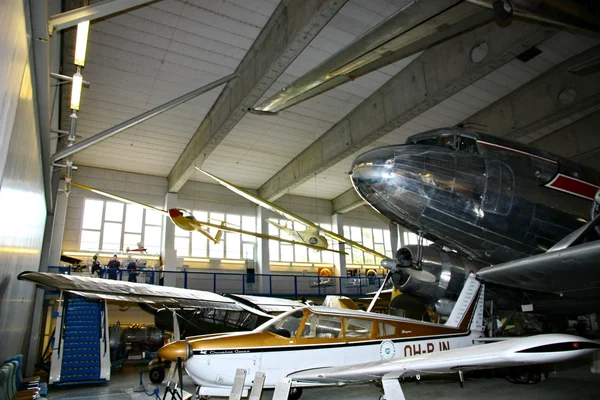
This museum sits on a former military airfield just outside Kraków and is one of Europe’s largest aviation collections. Over 200 aircraft are displayed, ranging from delicate gliders to massive Soviet fighters that survived turbulent decades. Visitors can explore both indoor and outdoor areas, where sunlight glints off polished fuselages and highlights every detail.
The collection balances sheer scale with deep historical insight, letting people see how design and technology evolved over time. Walking among the planes gives a sense of Poland’s dedication to preserving aviation heritage.
Museum of the Polish Air Force, Dęblin
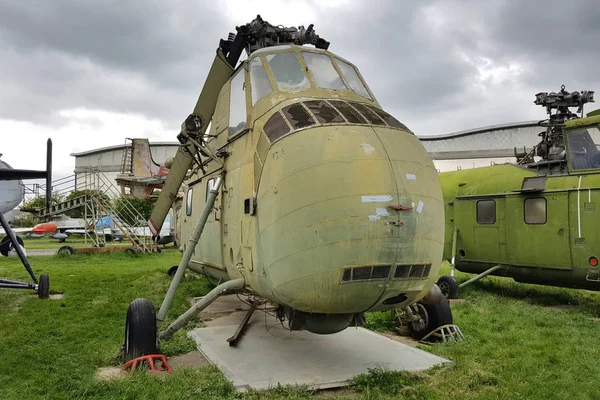
Dęblin has been the heart of Poland’s air force for decades, giving the museum an authentic feel. Aircraft range from pre-war biplanes to Cold War jets, all carefully restored to highlight form and function. Exhibits also showcase pilots’ experiences, with medals, uniforms, and personal stories alongside the machines.
The layout allows visitors to absorb both technical and human aspects of aviation history. It’s a place where the town’s nickname, ‘School of Eagles,’ truly comes to life.
Like Travel Pug’s content? Follow us on MSN.
Army Museum aviation section, Warsaw
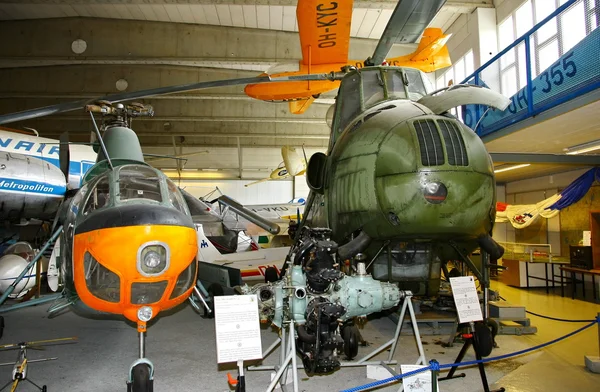
In Warsaw, the Army Museum features an aviation wing that mixes outdoor displays with indoor exhibits. Helicopters, trainers, and Soviet-era jets dominate the exterior, while models, uniforms, and documents inside add context. The museum is compact enough to explore without rushing yet rich with detail that highlights Poland’s aviation journey.
Its central location makes it an easy stop for anyone in the capital, and the mix of aircraft gives a clear overview of military aviation. Visitors leave with a strong sense of how the country’s skies were defended over the decades.
Aviation Heritage Park, Mielec
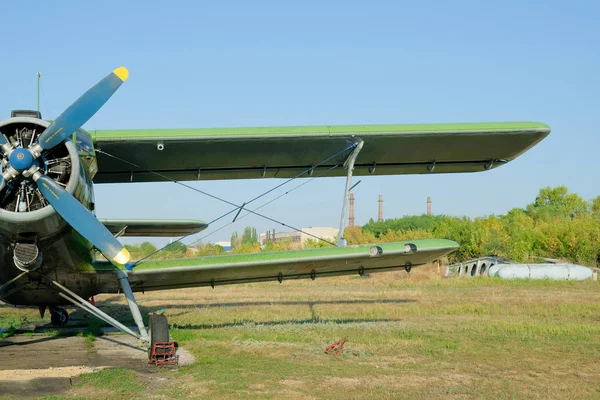
Mielec is known for aircraft manufacturing, and the heritage park highlights planes built at the local PZL factory. The An-2 biplane is a star attraction, drawing visitors from across the country. Open-air displays let people walk around the aircraft and examine their design up close.
The museum captures both technical achievement and national pride, showing how Poland contributed to aviation history. It’s a must-visit for those fascinated by industrial innovation and flight.
Polish Glider Museum, Leszno
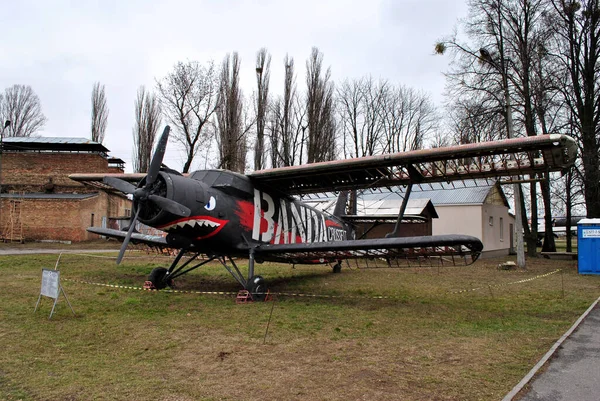
Leszno is often called Poland’s gliding capital, and the museum reflects that with a focused collection. Exhibits range from early wooden-frame gliders to modern sailplanes used in competitions. Detailed explanations highlight Poland’s mid-20th century gliding success, emphasizing both skill and innovation.
The museum celebrates quieter forms of flight that require precision and patience. Visitors gain a deep appreciation for the subtle elegance of gliding.
Like Travel Pug’s content? Follow us on MSN.
Helicopter Museum, Świdnik
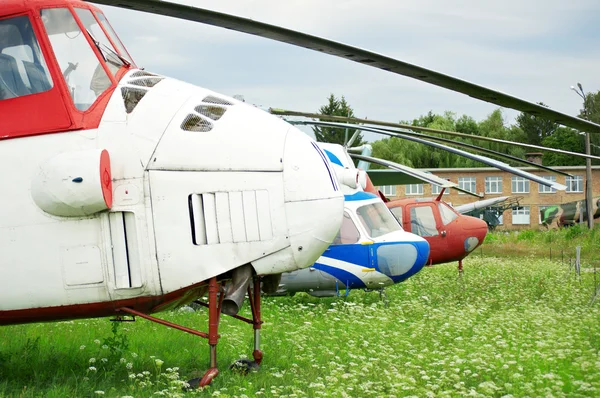
Świdnik has a long history of helicopter production, and the museum showcases this in full. Both small training helicopters and large military transports fill indoor and outdoor spaces. Świdnik Aviation Museum, with a focus on helicopters built locally by PZL-Świdnik.
Seeing the evolution of rotary-wing aircraft in one place makes the collection compelling and informative. It highlights how helicopters shaped military and civilian aviation alike.
Naval Aviation Hall, Gdynia
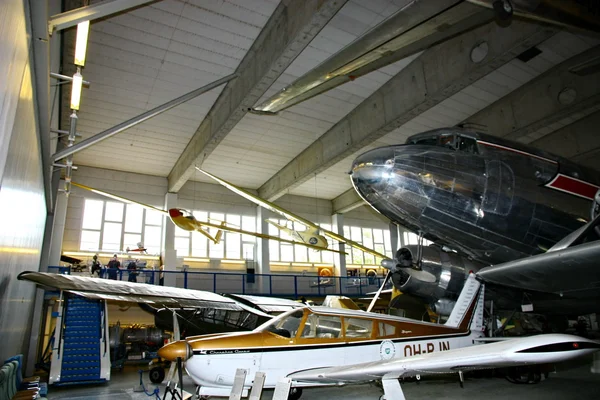
Located on the Baltic coast, Gdynia’s aviation hall is part of a larger military museum but has a distinct focus on aircraft. Exhibits cover Polish machines alongside planes used by allies and adversaries.
Engines, models, and restored aircraft offer technical and historical insight. The maritime setting adds character, since many planes once operated in coastal defense. It’s a display that blends history, engineering, and environment in a memorable way.
Aviation Museum, Bydgoszcz
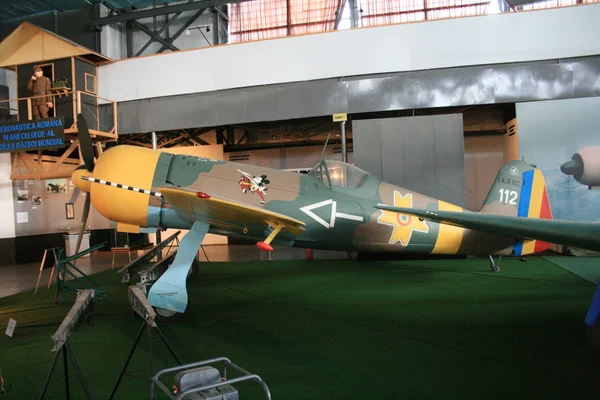
Bydgoszcz’s museum reflects the city’s strong aviation training heritage. Planes include former training aircraft and Cold War fighters preserved in excellent condition. Exhibits incorporate photos and pilot accounts, highlighting the human side of flight. Walking through feels like stepping into a classroom of aviation history.
The museum demonstrates how training and technology together shaped generations of pilots.
Like Travel Pug’s content? Follow us on MSN.
Łódź Aviation Exhibition
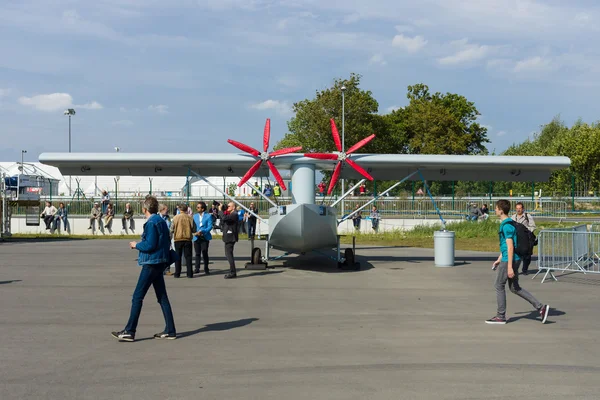
Smaller but carefully curated, Łódź’s museum emphasizes quality over quantity. Each aircraft is accompanied by detailed explanations of its role in Polish aviation history. The museum covers both local designs and foreign influences, giving visitors a broad perspective.
The approachable scale allows time to absorb technical details without feeling rushed. Every plane has a story, making the collection engaging and informative.
Aviation exhibitions, Poznań

In Poznań, aviation exhibits are often part of larger military displays but still stand out on their own. Fighters, transport aircraft, and utility planes are complemented by uniforms, weapons, and archival documents.
The displays show how aviation fit into Poland’s broader defense strategy. Attention to detail ensures a balanced and informative experience. Visitors leave with a thorough understanding of Poland’s air history.
Kętrzyn airfield museum
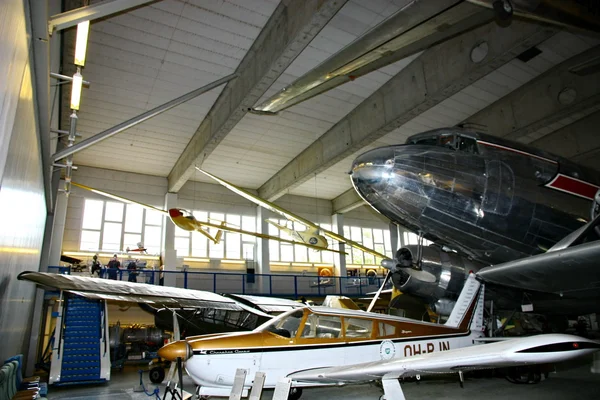
Set in the Masurian Lakes region, this museum combines aviation exhibits with an active airfield environment. Visitors often see planes taking off while exploring restored aircraft on the ground.
The intimate scale allows close inspection of engines, cockpits, and airframes. Exhibits highlight both local sport aviation and Poland’s larger flight history. The relaxed setting gives the museum a friendly, accessible vibe.
Like Travel Pug’s content? Follow us on MSN.
Lubusz Military Museum, Drzonów
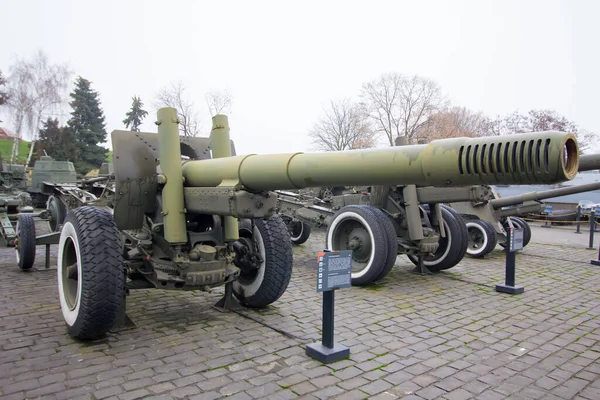
Drzonów displays aircraft alongside tanks and artillery in a park-like setting. Open-air planes include propeller fighters and helicopters, making the collection feel hands-on. The museum blends military history and aviation in a way that appeals to a wide audience.
Visitors can stroll among the machines, absorbing both scale and detail. The mix of equipment offers variety and context for the history of Polish defense.
Aviation display, Oleśnica

Oleśnica’s aviation corner is small but meticulously presented, focusing on restored aircraft from the region. Each plane has signage explaining its historical significance and usage. The smaller scale allows visitors to take in every detail without feeling rushed.
It highlights the role of aviation in local defense and training. Even with fewer planes, the collection leaves a lasting impression.
Air club collection, Czarna Białostocka
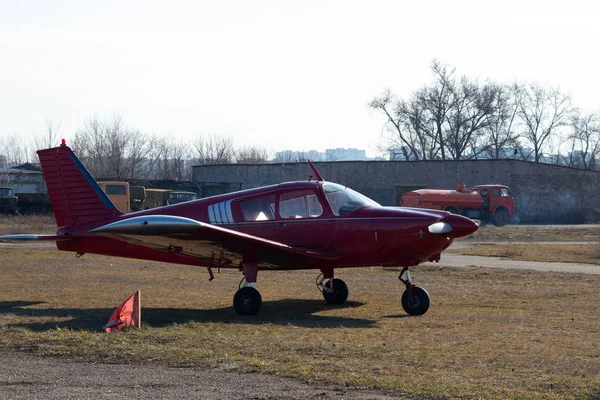
This collection showcases the grassroots side of Polish aviation, maintained by a local flying club. Gliders and small planes demonstrate recreational and competitive flying in the community.
Many aircraft have flown in competitions or training, adding real-life context to the exhibits. The collection shows aviation beyond military or industrial contexts, emphasizing passion and local involvement. Visitors see how aviation thrives in communities as well as in museums.
Like Travel Pug’s content? Follow us on MSN.
Keeping Poland’s aviation alive
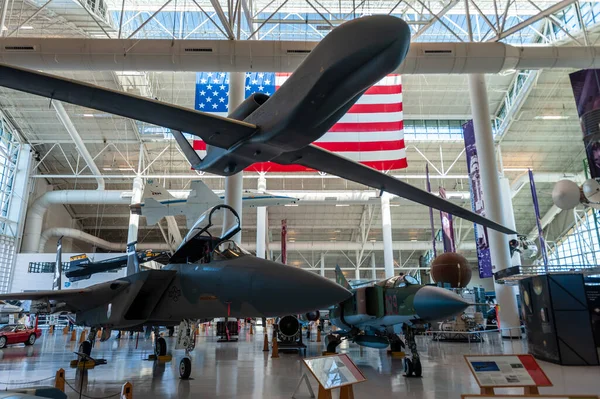
These museums and collections make history tangible, preserving both machines and the stories behind them. From roaring MiG engines to quiet sailplanes gliding overhead, each site highlights a different side of flight.
Visiting these places allows people to experience aviation history firsthand, blending technology with human effort. Even a brief stop can reveal Poland’s innovation, pride, and ongoing fascination with flight. The legacy of aviation here continues to inspire visitors and communities alike.
More from Travel Pug

- 20 Best Beach Towns in the Carolinas
- 13 Destinations Where Tourists Regularly Regret Their Trip
- 20 Things You Actually Get in First Class
- 20 Small Airports With Aviation Museums
- 20 Places in the U.S. That Are Perfect for a Reset Trip
Like Travel Pug’s content? Follow us on MSN.
